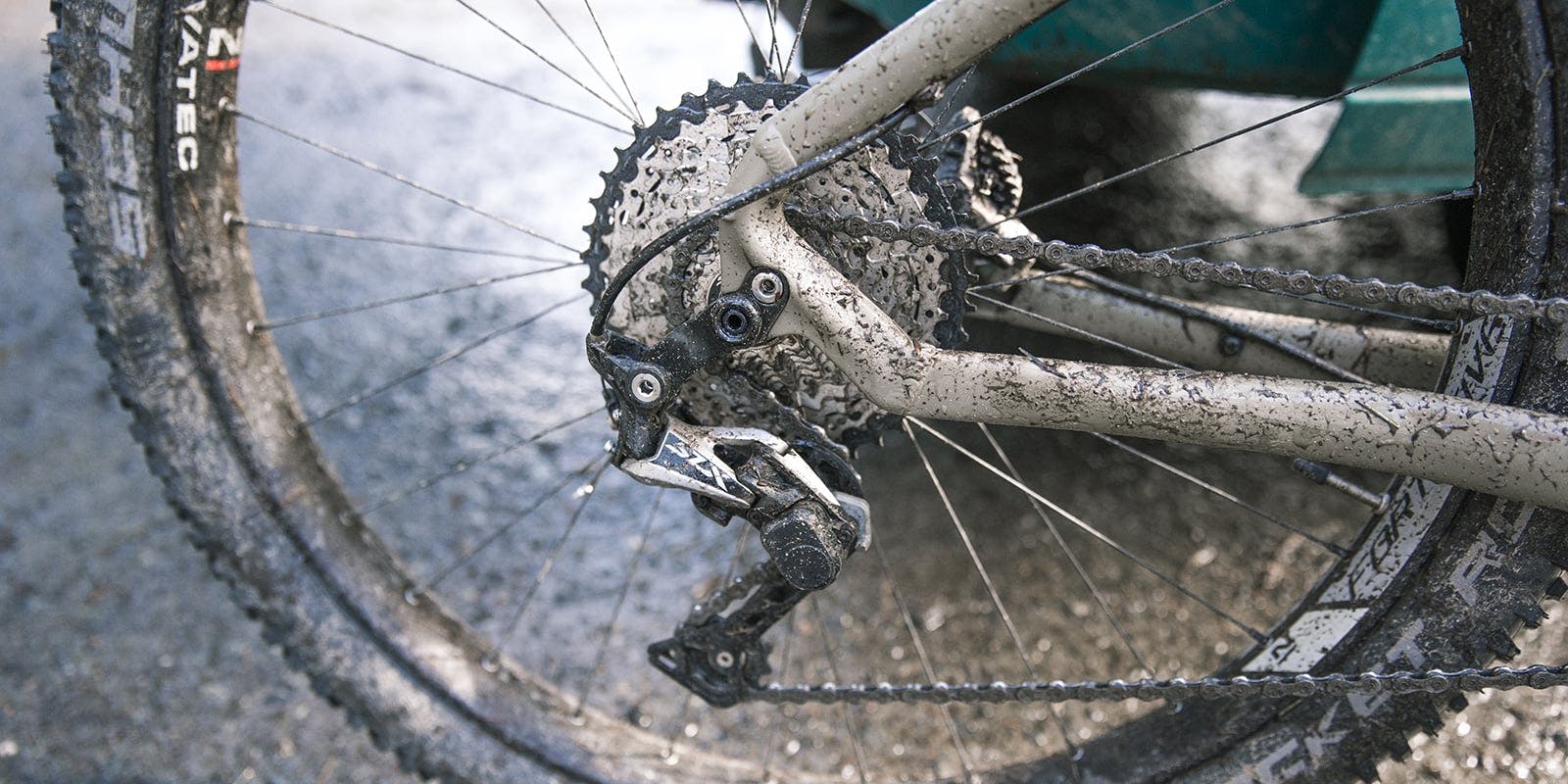Skip to content
Cleaning your bike
Cleaning your bike
If you want your bike to last, you need to ensure its always clean
Last modified on 6/29/2022 by System Writer
Clean rags: Keep plenty of these on hand for grease, oil and wax-related tasks and for general cleaning and drying.Brushes: Have several sizes and shapes to get into hard-to-reach places to remove the grime that rinsing alone can't get. Old toothbrushes work great.Water: When used carefully, water can be a handy tool, but be careful here. Water, especially when coming from a high-pressure hose, can cause damage to sensitive bearing systems throughout your bike.Soap / general cleaner: Use diluted dishwashing soap or preformulated bike wash cleaner for frame cleaning.Degreaser: A bike-specific degreaser (avoid kerosene or turpentine) will clean up gummy parts like your bike chain. Choose a solvent that is easy on the environment (and you). Dispose of all solvents properly.Chain lubricant: Properly lubricating your chain helps extend the life of your drivetrain. Always apply bicycle-specific lube oil to a clean chain.There are two types of lube: wet or dry. Wet lube is best to use when you’ll be riding in wet conditions. It strongly adheres to the drivetrain and is less likely to rinse off in rain. That said, dirt and grit will also stick to it, so be sure to wipe off excess lube.Dry lube excels in a dry environment. Dirt and grit stick less to dry lube, but dry lube does rinse off easily if you find yourself riding in the rain.Bike stand: This will allow you to position the bike at a comfortable height while you’re working on it. It will also allow you to turn the pedals or remove the wheels so you can clean all the moving and hard-to-reach parts.
How to Clean a Bike


Your bike is a collection of moving parts. When exposed to mud, grime and debris, these parts begin to deteriorate. A regular schedule of maintenance (monthly, weekly or more often depending on your type of riding) is important. If you spend a lot of time riding in wet, muddy conditions, or if you ride hard, fast and often, plan to clean your bike more frequently.
Keeping your bike parts properly cleaned and lubricated is crucial for good performance. Lubrication protects moving parts from excessive wear caused by friction, prevents them from "freezing up," and helps keep rust and corrosion at bay.
Be careful, though. Over-lubricating can lead to poor performance and component damage (excess lubricant will attract dirt and other abrasive particles). As a general rule, excess lube should always be carefully wiped away before the bicycle is ridden.
Tip: When lubricating a number of parts at once, remember the order in which you apply the lubricants. Wiping off excess lube in the same order will give the lubricants time to soak in.
Basic Bike-Cleaning Supplies
These simple items address most cleaning and lubing tasks:
Want to print your doc?
This is not the way.
This is not the way.

Try clicking the ⋯ next to your doc name or using a keyboard shortcut (
CtrlP
) instead.